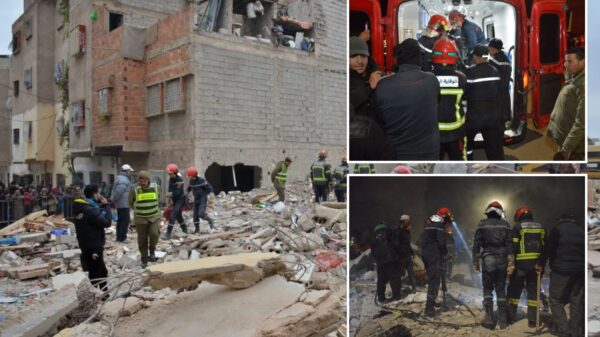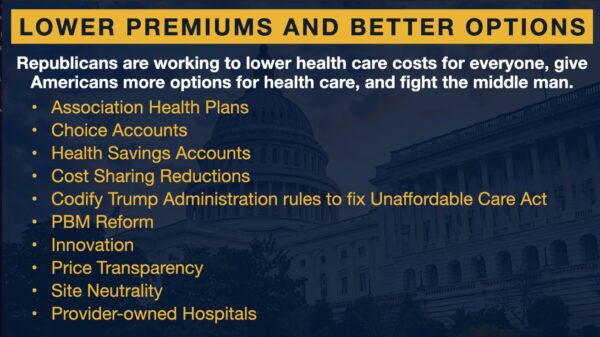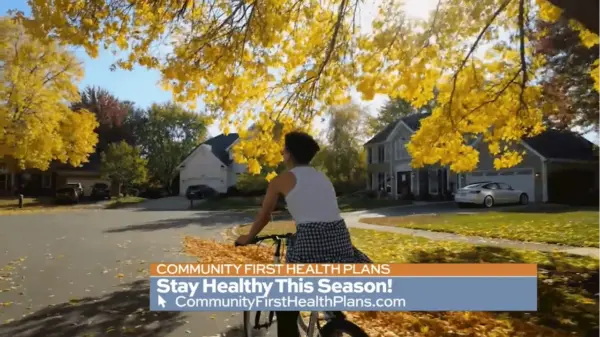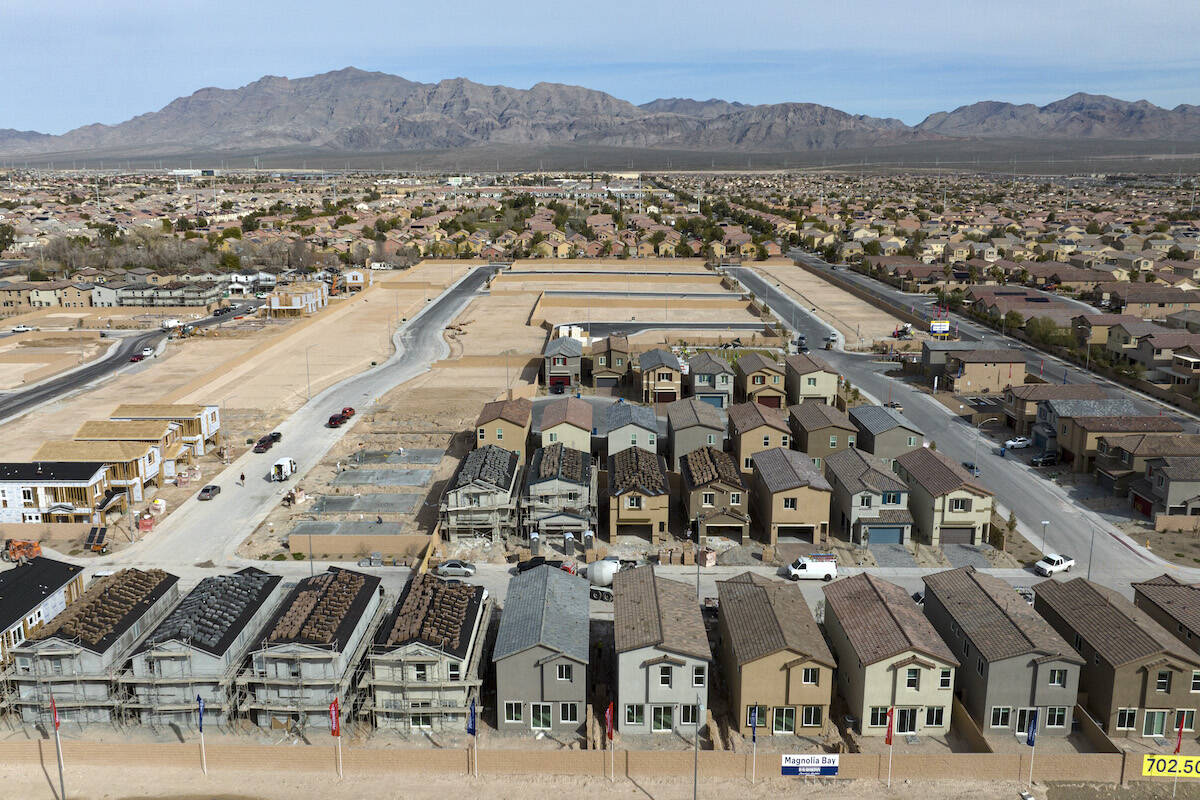The ongoing affordable housing crisis in Las Vegas has sparked a debate over the city’s expansion strategy. Critics argue that the current approach of urban sprawl is ineffective and unsustainable. An alarming statistic highlights the issue: there are approximately 78,000 acres of undeveloped or underdeveloped land within the city limits, which is already connected to essential utilities and services.
Urban sprawl typically refers to the expansion of a city into areas that lack the necessary infrastructure, workplaces, and transportation options. This pattern not only exacerbates traffic congestion but also places additional strain on public services. Advocates for a more focused development strategy insist that utilizing existing land would be a more effective solution to the housing crisis.
Las Vegas, known for its vibrant entertainment and tourism industries, faces significant challenges in providing affordable housing for its growing population. As demand for housing increases, the city risks spreading resources too thin by developing new areas without addressing the needs of existing neighborhoods.
Utilizing the 78,000 acres of available land could provide a practical solution. This land is strategically located near utilities, public transportation, shopping centers, and places of employment. By developing these areas, the city could create a more cohesive urban environment, encouraging local economic growth while providing affordable housing options.
Local officials and urban planners are beginning to recognize the potential of this land. They suggest that a targeted development approach could lead to a more sustainable urban landscape. By focusing on existing infrastructure, the city could improve access to essential services while reducing the environmental impact of sprawl.
Moreover, investing in public transportation and enhancing connectivity would facilitate better access to jobs and services for residents. A well-planned urban environment can help mitigate the challenges associated with rapid population growth, ensuring that the city remains livable for all its inhabitants.
In conclusion, Las Vegas stands at a crossroads regarding its approach to the affordable housing crisis. By prioritizing the development of available land within the city limits, officials can address housing needs effectively while fostering a more sustainable urban environment. The conversation around sprawl versus targeted development will continue to shape the future of Las Vegas as it navigates this critical issue.





































































